Diva was born on a Friday night, on March 29th 2013. She was one of triplets, with a brother and a sister joining her. All three kids were fairly even, Diva's sister was a bit smaller than the other two, but we don't find this unusual in triplets.
Diva is currently being fed the same as our doeling, Dixie, who is destined for the breeding pen. They are currently getting 1 1/2 pounds of Noble Goat Dairy Parlor 16% per day- split in 2 feedings, along with alfalfa pellets, and a top dress of Flax seed. They also have daily pasture, grass hay, and clover hay.
Today Diva is 193 days old, or 6 months. Her Calculated weight is 50 pounds.
Her Cohort/ Pen-mate Dixie is 234 days old, just shy of 8 months, and 78.4 pounds.
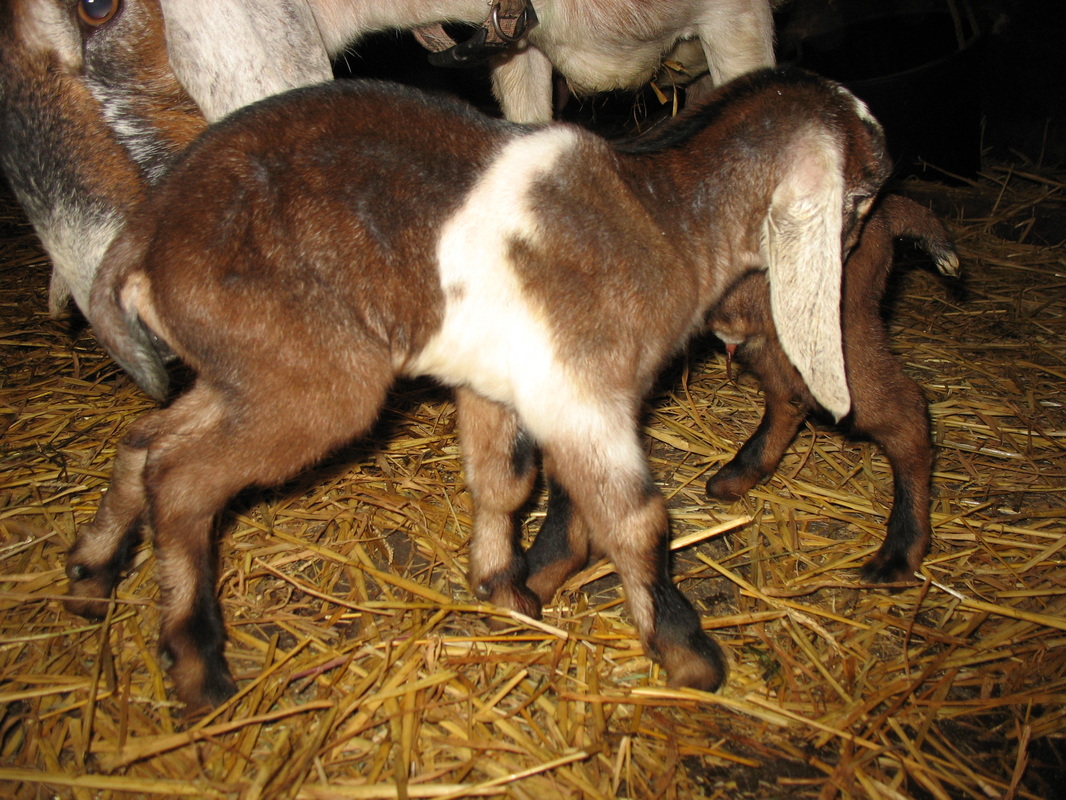

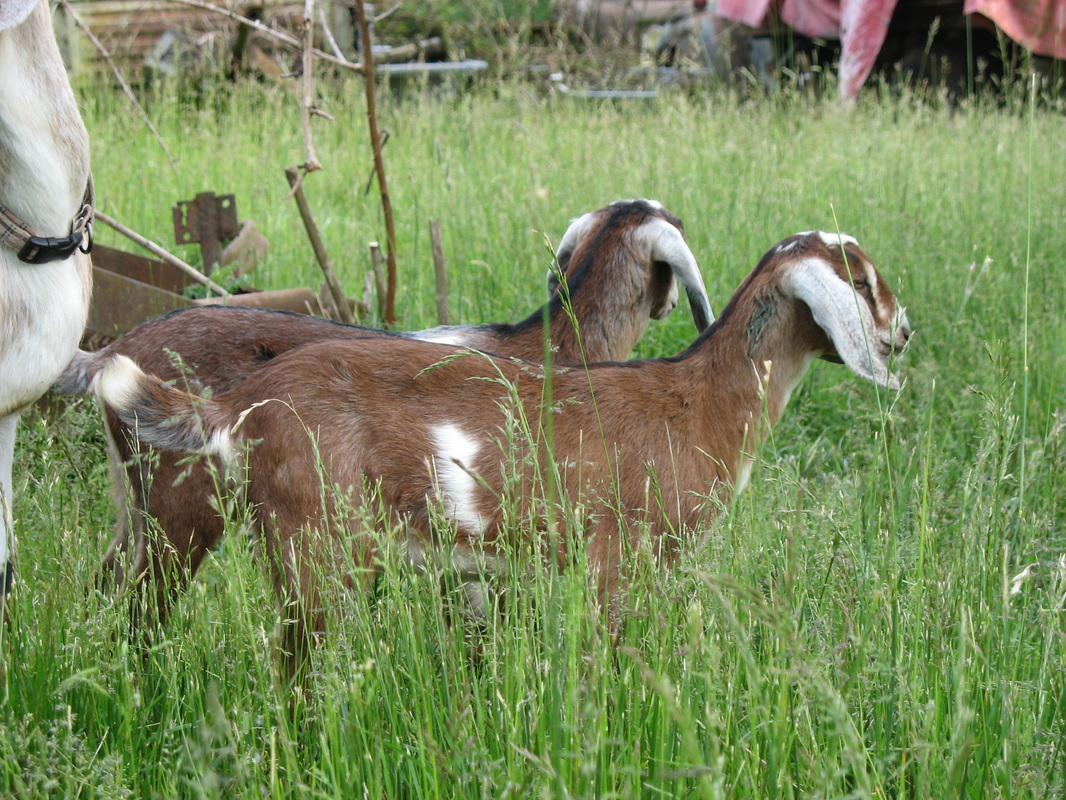
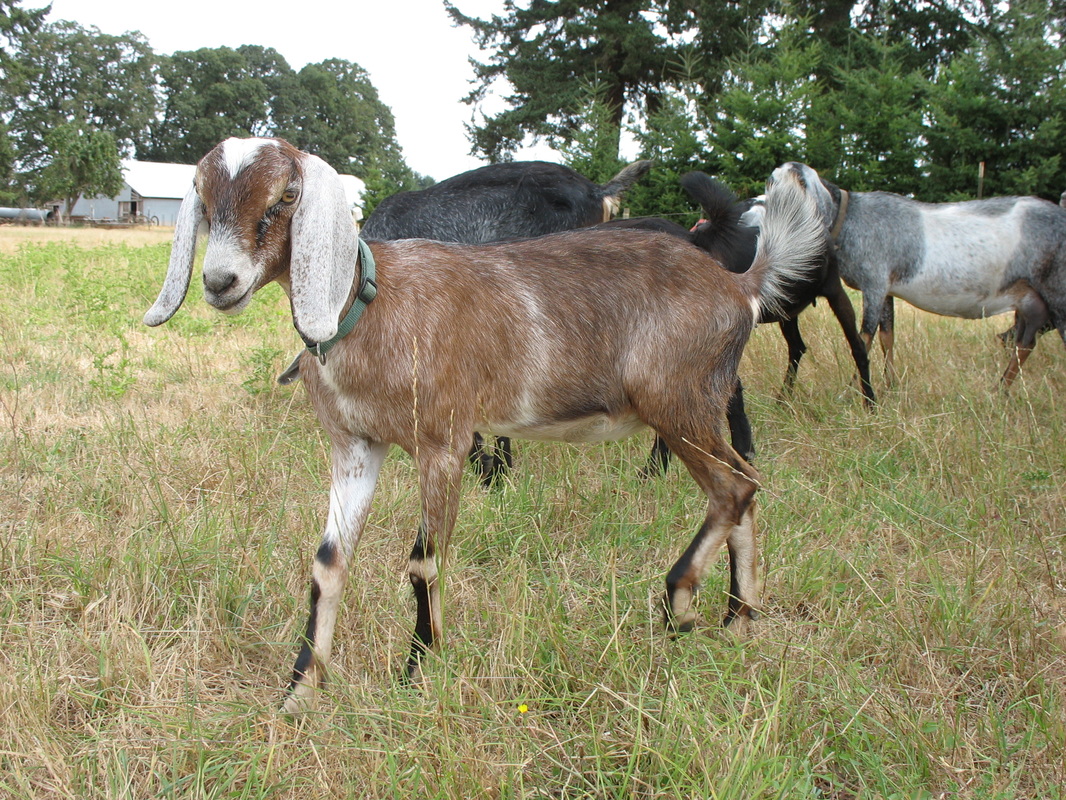
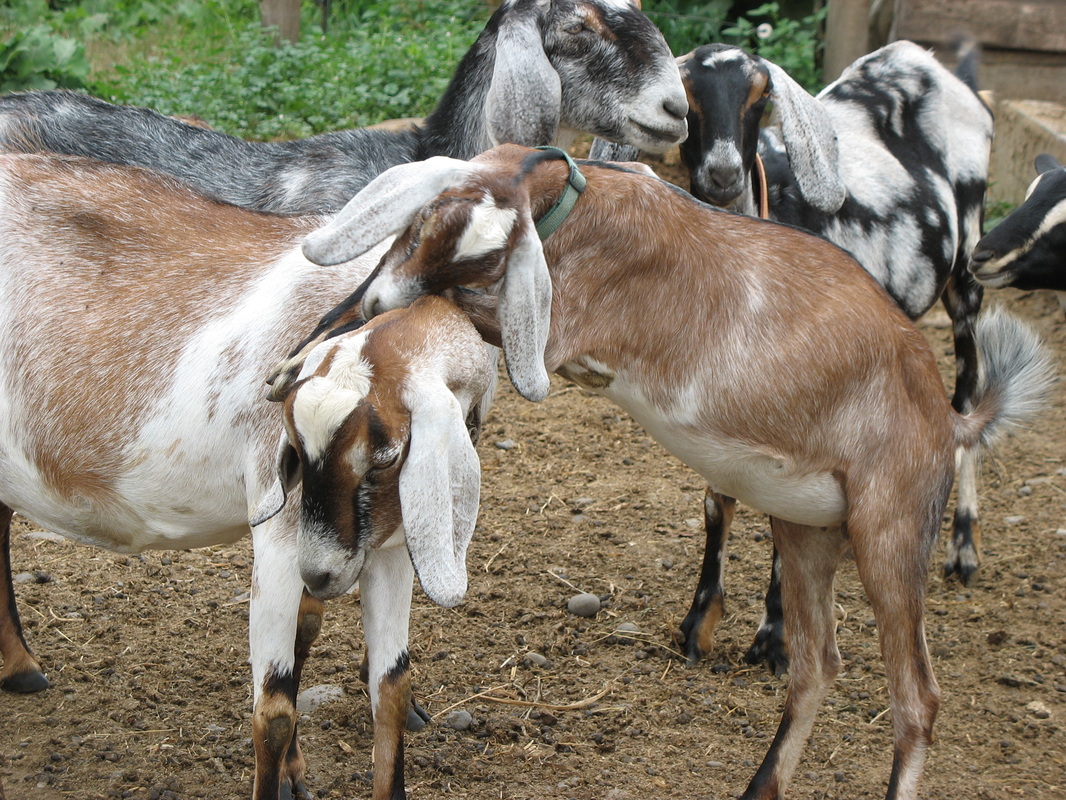
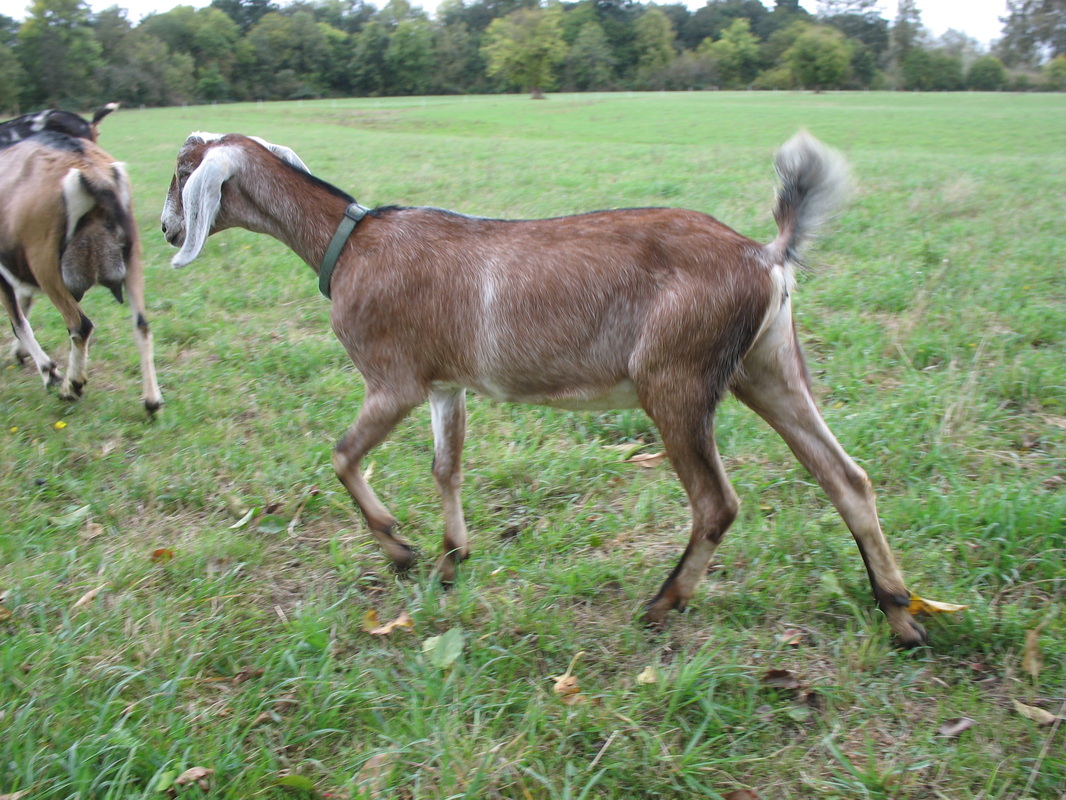
 RSS Feed
RSS Feed
